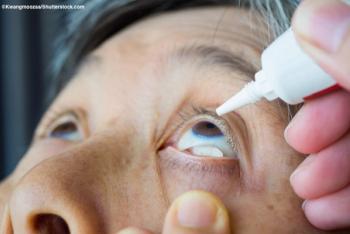
America may face a public health crisis in coming years unless drastic changes are not made to the public perception of eye health, according to a report from the National Academies of Sciences, Engineering, and Medicine (NASEM). Taking steps to create a public conversation about the matter, Allergan has launched a public awareness campaign, See America, to improve this awareness of and access to comprehensive eye exams.














































.png)


